Paddlesports are a fantastic way to enjoy the outdoors from a unique perspective, to explore your local area from a different view, meet new people, and see the world. Paddlesports come in lots of shapes and sizes – kayaking, canoeing, stand up paddleboarding – for families, friends, athletes, teams, explorers and ramblers – it can be social, solitary, intense or relaxing. If you’re thinking of getting into paddlesports but aren’t quite sure where to start, try these tips and go have a blast!

#1 Finding a place to paddle
There are some great resources online for finding places to paddle and activities near you from national organisations like British Canoeing, Deustcher Kanu Verband, FFCK and Canoeing Ireland.
- Check out gopaddling.info from British Canoeing and www.britishcanoeing.org.uk/canoe-near-you
- Deutscher Kanu Verband (www.kanu.de) have an app for paddling places to paddle across Europe canua.info
- Fédération Française de Canoë Kayak (www.ffck.org) has advice for lots of kinds of paddling, from dragon boats to wave ski and a club finder
- Canoe Ireland (www.canoe.ie) have a lot of great courses on offer, a club finder, and advice for getting out paddling on the sea, lake or river
Social media has a thriving paddlesport community too. You can follow your favourite brands, find events in the calendar and join local paddling groups. My local group on Facebook is South Wales Kayakers, it’s a great place to ask for tips and advice or make plans with other paddlers. So whether it’s local advice, best places to paddle, river hazard warnings or paddling memes, online groups are a mine of information.

#2 Just a taster
Activity centres and clubs often have short, affordable, all-inclusive activity sessions that make it easy to give it a go! Taster sessions are great – whether it’s your first time in a boat or you want to see if you’ve still got it, taster sessions will answer that question ‘is this for me?’. Your activity instructor will introduce you to the basic techniques and will be able to give advice on where to go next. So look up your nearest paddlesport centre and get a taster booked!
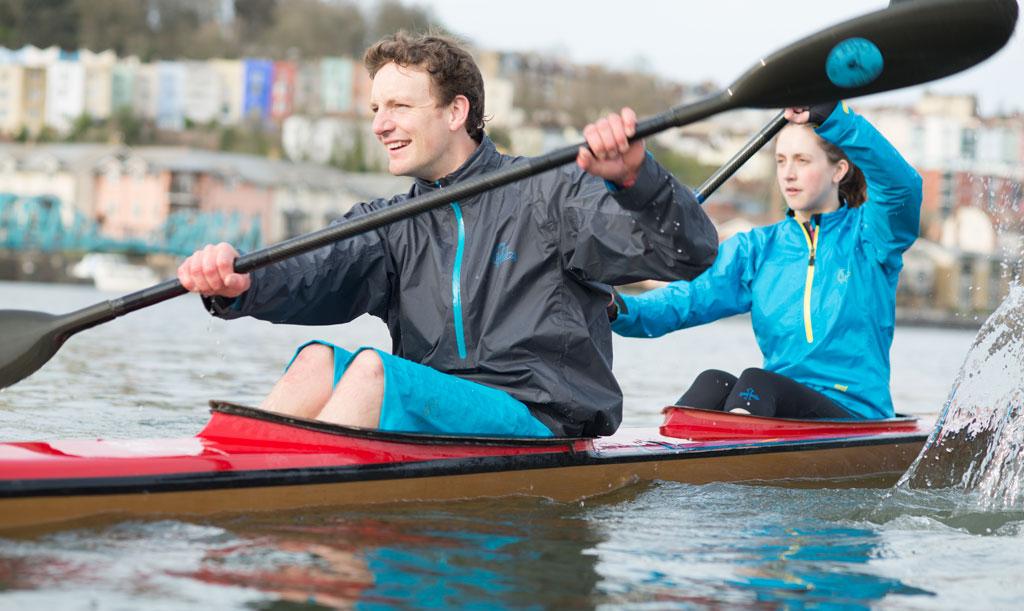
#3 Take a friend along
Take a friend along with you, not least for that awkward time arriving at the venue slightly too early and waiting for the session to start. Lots of clubs are welcoming and will take the time to make you feel at home, but having a friend with you gives you someone to take away the nerves of stepping out of your comfort zone, and gives you the chance to yarn about the whole thing with your friend afterward. Even if your buddy doesn’t come back for a second round … you’ll have got over the hurdle of trying something on your own.
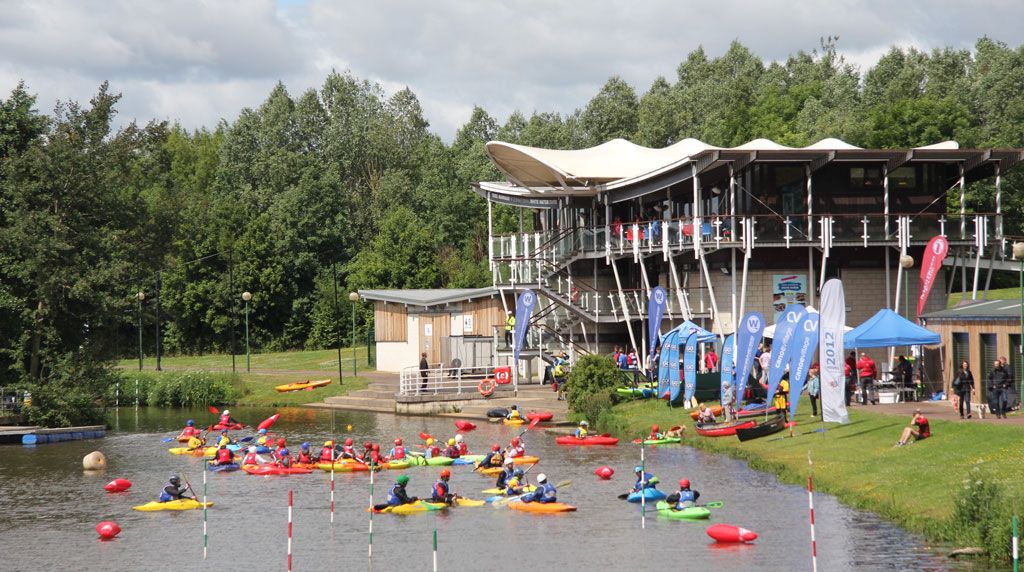
#4 Part of the club
There’s no better place to meet other paddlers, to plan trips with and socialise on the water than a paddling club of like minded folk. Most clubs will also have some basic equipment to help get you on the water, which is great if you haven’t splashed out on kit yet! Organised fun is generally on the cards also, with scheduled river trips and pool sessions for the winter, it’s a great way to regularly get on the water for a small fee.
Some clubs are very focused on one type of paddlesport, like slalom kayaking or sprint. Before you get too settled in to just one club, or lose interest in paddling without variety, it’s worth trying out some other local clubs and kinds of paddlesport to see which you gel with.
You can learn a great deal in a good club but if you want to move your paddling along a bit faster, or make plans for a special trip, then it might be worth looking elsewhere – which leads me to my next tip!

#5 Bring in the professionals
Building solid foundations is important for your progression and will affect how quickly your ability grows. Put simply, it’s much harder to revisit technique and shake off bad habits later on in your paddling. This is where a good instructor comes in, and luckily there’s a lot of them around, freelance and working with activity centres.
Hiring a coach or instructor (as a group or one to one) to walk you through your flat water paddling techniques and onto whitewater (if that’s your goal) will likely allow you to progress much faster. Your instructor will be able to give you personal equipment advice, advice on where to paddle, and things to go away and work on.
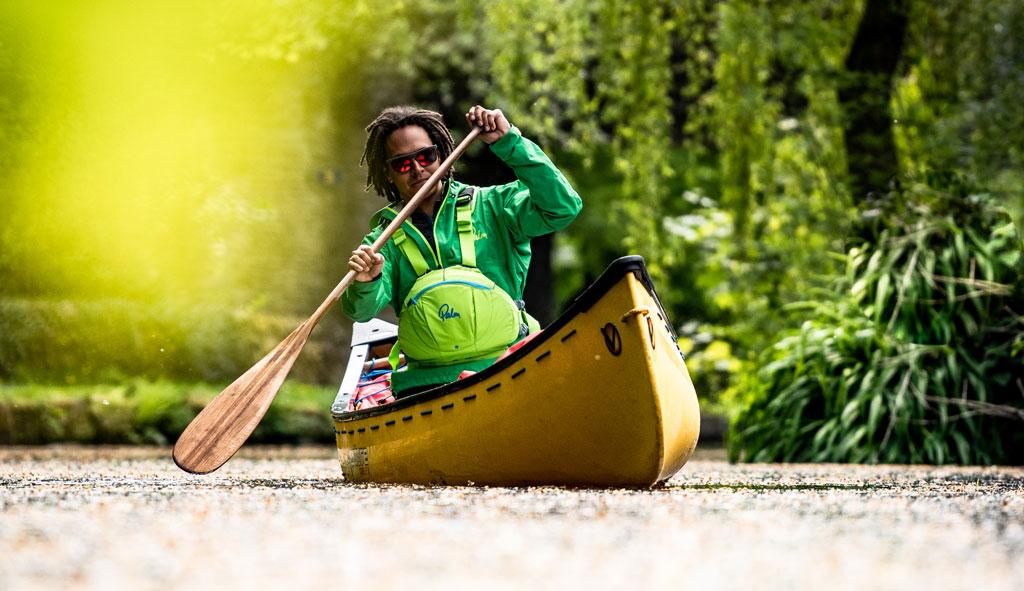
#6 Join an organization
Join your national organisation – like British Canoeing and Deutscher Kanu Verband – and you can get lots of membership benefits like waterways licenses, cheaper insurance. Check out British Canoeing’s On the Water Membership, which is ideal if you’re dipping a toe for the first time into paddlesport.
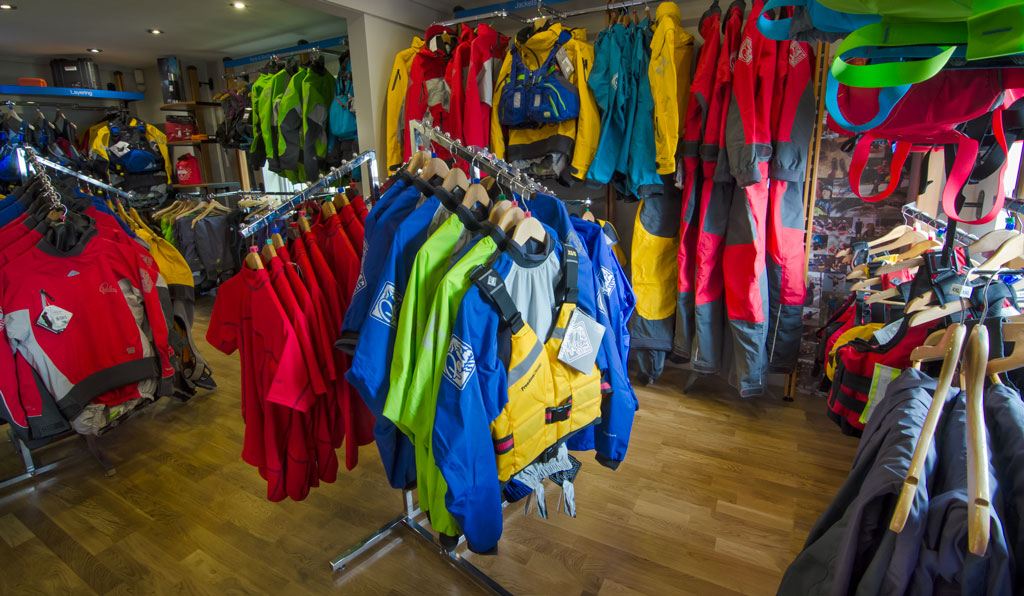
#7 Time to shop!
You’ve spent some time in the water and realised how awesome paddling is, it’s time to commit and buy some kit! But where to start?
When you’ve got a good idea of the kind of paddling you want to do, often your first piece of kit might be a paddle or PFD (buoyancy aid) or a wetsuit … borrowed club kit has the advantage of helping you try stuff out, but having a familiar paddle, or a really well-fitting PFD of your own can make you feel much more at home on the water.
When you’re ready to dive into getting yourself a canoe, kayak or paddleboard, paddlesport shops are specialist, most often run by paddlers too, with knowledgeable staff who can pick out just the things you need.
Many shops will also have a demo fleet of craft and paddles to help you decide what kit is right for you.
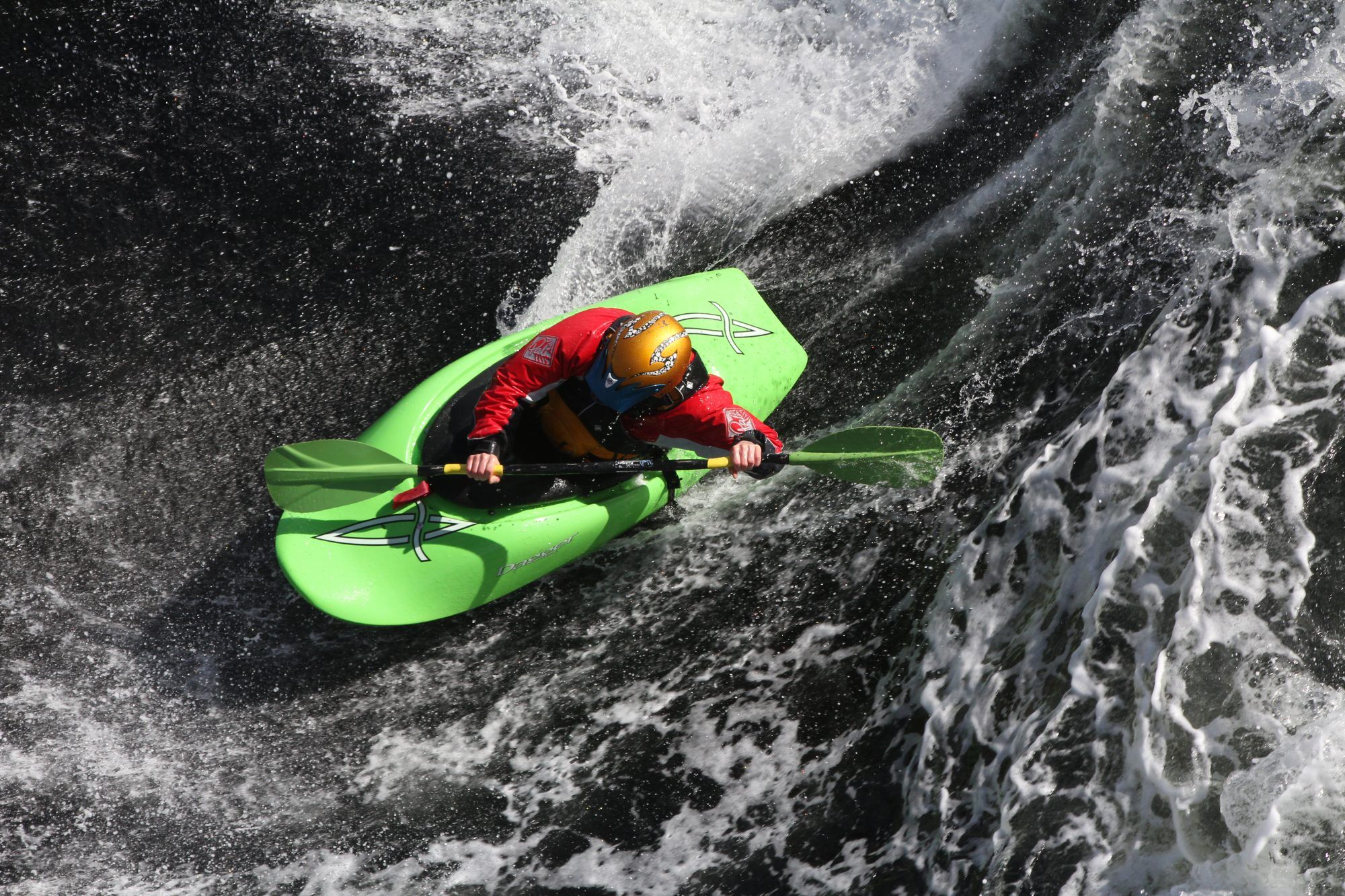
#8 Be patient
Be patient – take the time to try out different sessions and kinds of paddling – you might find indoor canoe polo at your local swimming pool is just the ticket, or SUP yoga sessions on a Sunday morning at the canal basin. Try different clubs to see which fits you best.
Be patient – don’t be hard on yourself if you aren’t Ellen MacArthur or Ray Mears overnight. Keep at it and set yourself some goals. You won’t regret sticking with it, you’re at the start of the learning curve with a lot of new challenges to enjoy.
Hwyl Fawr! (Bon voyage!), Ed